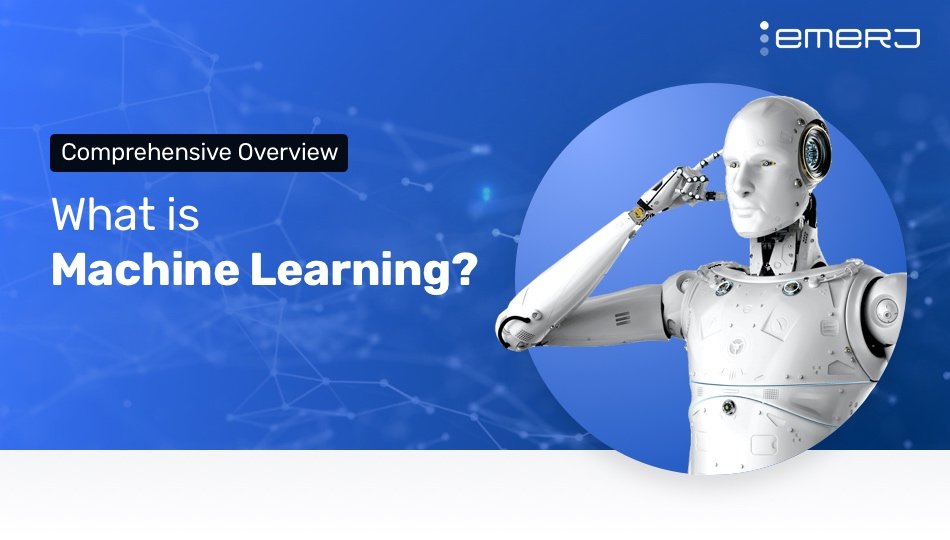Rise by Six: Your Daily Dose of Inspiration
Explore insights and stories that elevate your day.
Machine Learning for the Non-Techies: A Fun Dive into the Future
Unlock the secrets of machine learning! Join us for a fun exploration of how technology is shaping our future—no tech skills required!
Understanding Machine Learning: A Beginner's Guide to Algorithms
Machine Learning is a subset of artificial intelligence that enables systems to learn from data and improve their performance over time without being explicitly programmed. At its core, machine learning is about creating algorithms that can identify patterns or make decisions based on input data. There are three primary types of machine learning algorithms: supervised learning, unsupervised learning, and reinforcement learning. In supervised learning, algorithms are trained on labeled datasets, while unsupervised learning works with unlabelled data to discover hidden structures. Reinforcement learning, on the other hand, involves training algorithms through trial and error, where they learn to make decisions based on the rewards received from their actions.
To understand the various machine learning algorithms, it's essential to recognize some commonly used methods. For instance, linear regression is used for predicting continuous values, while decision trees are effective in classification tasks. Support Vector Machines and neural networks are also popular choices, especially in complex applications like image and speech recognition. By grasping these algorithms, beginners can begin to appreciate how machine learning systems operate and their potential applications in real-world situations.

How Machine Learning is Transforming Everyday Life: Real-World Applications
Machine learning is rapidly becoming an integral part of our daily routines, influencing various aspects of life in ways we might not even notice. From the moment we wake up, we interact with machine learning applications, such as personalized recommendations on streaming platforms, which sifts through our viewing history to suggest new content. Additionally, virtual assistants like Siri and Alexa utilize machine learning algorithms to understand our voice commands and provide accurate responses, making our lives easier and more efficient.
In the realm of healthcare, machine learning is revolutionizing patient care through predictive analytics and personalized medicine. Hospitals are now using algorithms to analyze patient data, which helps in early diagnosis and tailored treatment plans. Moreover, industries such as finance leverage machine learning for fraud detection, utilizing advanced algorithms to identify unusual transaction patterns and prevent unauthorized activities. Clearly, the impact of machine learning on everyday life is profound, and its applications are only expected to grow in the coming years.
Common Misconceptions about Machine Learning: What Non-Techies Should Know
Machine learning (ML) is often surrounded by a cloud of misconceptions, particularly for those outside the tech industry. One common myth is that machine learning can achieve general intelligence similar to a human being. In reality, most ML systems are designed for specific tasks, such as image recognition or language translation, and they excel only within those narrowly defined applications. This is known as narrow AI. It's also a misconception that these systems can operate independently without human oversight. In practice, human expertise is crucial for training, monitoring, and refining machine learning models to ensure they function effectively.
Another frequent misunderstanding is the belief that machine learning is a magical solution that provides immediate results with little effort. This oversimplification ignores the complexities involved in the development and deployment of machine learning algorithms. For instance, gathering and preparing quality data—a process known as data preprocessing—can be labor-intensive and time-consuming. Moreover, the success of machine learning depends heavily on the quality of this data. Without a strong foundation of reliable data, even the most advanced algorithms can yield inaccurate or misleading outcomes, further highlighting the importance of a thorough understanding of ML principles.